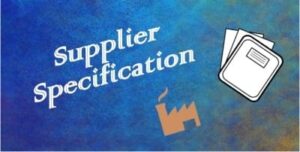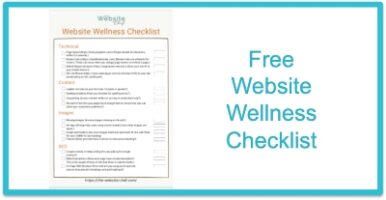Job Description Tutorial
If you are a people manager or an employee who needs to write a job description, this short training video will take you through what’s involved. Download your free Job Descriptions Template to help you get started.
Read on to learn about Job Descriptions.
A question I often get particularly from smaller businesses is why and when do I need job descriptions. I recommend that you use job descriptions from the start, refreshing them as the organisation grows.
What is a Job Description?
A job description relates to a role on the organisation chart. The role captures the accountabilities and competencies that are important to delivering specific aspects of the strategy and business plans over the long term. Job Descriptions are not person dependent.
There can be confusion between Job Descriptions and objectives, objectives specify what an employee is expected to deliver annually e.g. job descriptions do not include timelines – these are captured in annual objectives.
Why implement Job Descriptions?
- They allow you to clarify exactly what is expected in a role. If you don’t use job descriptions and verbally communicate what’s expected, what you communicate and what gets interpreted may not line up as people have different frames of reference and listening skills.
- They can motivate employees by placing importance on the job. The fact that the organization has taken the time to cascade the strategy and operating requirements into job descriptions places importance on the role in the context of the organization.
- They help with the justification of new roles and provide valuable information for hiring specifications allowing you to clearly outline to applicants their roles and responsibilities and provide an opportunity for you to position your company as a great place to work, motiving people to apply.
- They support the process of assigning levels and salaries to roles.
- They support your induction process e.g. inducting a new employee or when an employee moves to a new role.
Every time you are hiring, it is an opportunity to relook at the role and the competencies in your job description.
Who writes the Job Description?
The immediate team leader usually completes the job description with the support of HR. HR provide a consistent job description templates that is used across the organization.
If the company is defining a role that has a jobholder, then the jobholder can complete the job description, as they may be more familiar with the position. The immediate supervisor then validates the job description.
Job descriptions are concise and systematic and written in terms that people understand (as if you are explaining job to a friend)
What’s included in a Job Description?
Job Title:
Function: The function the job resides in.
Manager: Where the role reports.
Job Purpose: This is the main objective of the job in 1-2 sentences. It summarises the job and it may be easier to do this last when all other details have been specified.
Accountabilities & Measures: This is a description of the main accountabilities in the role.
- Aim for no more than 6 main accountabilities, each with 3-4 bullet points of what’s involved. Together the accountabilities will represent the key outputs of the job.
- Focus on results, deliverables and success factors rather than tasks.
- Use action verbs for accountability statements.
- Capture the main relationships and interfaces that are necessary for successful delivery.
Job Dimensions: This relates to scope and level of responsibility in the job e.g.
- Financial responsibility,
- Staff responsibility e.g. number of direct reports,
- Customer responsibility e.g. number of customers and the level of complexity.
- The relationships that need to be managed both inside and outside the organisation
- The technical and geographical requirements of the role
- The main challenges
- Any other relevant quantitative information e.g. quality, service or project indicators
Authority: What authority does the person have in decision making, does the jobholder act independently or consult with others and when does a higher authority have to be involved. If you would like to enhance capability in your organisation and build trust in your teams, allow people the freedom to make decisions in their roles
Skills & Experience: This includes years of experience, education and the skills and competencies required in the role.
Organisation chart: This shows where the role resides in the overall organisation. Be sure and highlight both direct and dotted line reporting.
Download your free Job Descriptions Template.
There is no need to start from scratch. There are many websites that provide sample job descriptions that are enormously helpful. The Hiring & Induction section on our Management Development page includes links to sample job descriptions and lots of useful materials.
Additional People Management Resources
- A Guide to Performance Management for People Managers
- Write Employee Objectives Tutorial
- Evaluate Employee Performance Tutorial
- Manage Poor Performance Tutorial
- Give Feedback Tutorial
- Organisation Structure Explained
- Career Assessment Guide
- Talent Management Infographic
- Personal Development Training
- Management Development Training
Noreen O’Connell






